We all know that heart-wrenching moment when our dog’s eyes fill with worry as we reach for our keys. That pang of guilt hits hard, knowing they’re grappling with separation anxiety the second we step out the door. And let’s face it, leaving behind those big, sad eyes never gets easier.
It’s time to share some guidance on setting up a safe space where your dog can unwind and feel secure – even when you’re out.
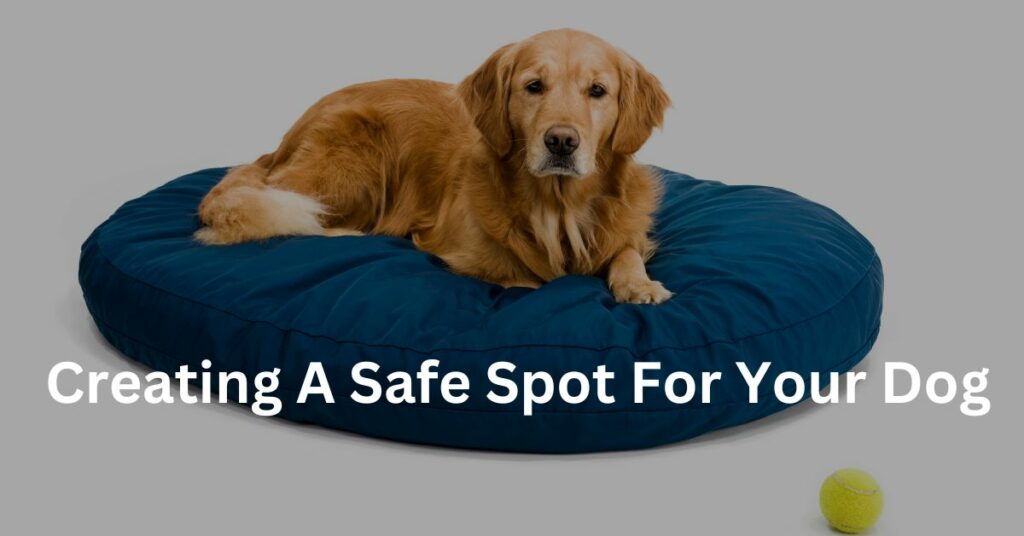
Table of Contents
Importance of Creating a Safe Spot for Dogs with Separation Anxiety
Creating a safe spot for dogs with separation anxiety is crucial, providing them with constant comfort and security. This safe space can help alleviate stress and anxiety when you’re away, giving your dog a sense of reassurance and stability in your absence.
Always available safe place
You understand how vital a sense of security is for your dog, especially those who deal with separation anxiety. Your goal is to ensure they have a safe haven that’s always accessible, a special retreat where they can find solace and reassurance whenever needed.
Imagine it as their sanctuary—a consistent area in our homes set aside just for them.
To establish this comfort zone effectively, use familiar items like their favorite bed or blanket or even a cozy crate outfitted with favorite toys and an item of clothing that smells like you. Positioning this spot is vital—it needs to offer protection yet allow the dog to keep an eye on the door without being in direct traffic paths.
Using a bed, blanket, or crate as a safe spot
Creating a comforting space for your dog helps them handle the stress and anxiety when they’re alone. As we choose between a soft bed cushioned with their favorite blanket or an enclosing crate lined with gentle fabrics, we ensure it’s not just another corner of the house but a dedicated comfort zone designed to soothe.
These calming areas are vital in managing separation anxiety support by forging positive associations. Imagine your dog associating this spot with happiness and relaxation – that’s what offering meals and treats in their special place can achieve.
And just like humans value privacy, so does your dog; making sure this peaceful retreat is just theirs – off limits to other pets or people – reinforces that this is exclusively for your dog.
Location of the safe spot
Ideally, it would be best if you chose a quiet corner of the home for this tranquil shelter, where they can still keep an eye on the comings and goings at the door without being in the middle of foot traffic. This allows them to feel secure while not feeling isolated or cut off from family life.
Securing this cozy den in just the right location means it’s readily accessible yet remains your dog’s personal protected space. Ensuring other pets and people respect this boundary helps reinforce its importance as their relaxing hideaway – somewhere they know they can always unwind and feel at ease, with comforting toys and treats stored there, too.
To ensure its appeal, give meals there, especially in the beginning, creating lasting positive associations.
We have a helpful guide for creating an area for your dog.
Step-by-step Guide on Training the Dog to Use the Safe Spot
To train your dog to use the safe spot, use treats to encourage them to go to the designated area. Leave an article of clothing in the spot to provide comfort and put a few treats on it. Reward your dog for putting a paw on it, then reward it for two paws, etc. This associates the area with a positive experience.
Don’t use voice commands. If necessary, guide your dog to the spot, smile, and give a treat. When your dog steps onto it, smile, give a treat, and give a long, gentle stroke. If your dog lies down on the spot, smile, give long, gentle strokes, and many treats. But keep the energy calm.
Using treats
Treats are a powerful tool to reinforce positive behavior when training the dog to use its safe spot. By rewarding the dog for using the spot, it associates the safe place with positive experiences, which helps solidify this desired behavior.
Smiling and throwing a few treats onto the safe spot whenever you go past and see your dog lying in the spot reinforces the positive association for your dog. Again, keep the energy calm, and don’t speak.
Storing favorite and dispensing food toys in the safe spot can also create a positive association with this area, making it even more appealing for your dog.
Leaving an article of clothing on the safe spot
Leaving an article of clothing with your scent can help your dog feel more secure in their safe spot. This step is crucial for creating a strong association between the safe spot and the comfort of being close to you.
The dog’s heightened sense of smell will reassure them, making the safe spot a place they naturally gravitate towards when feeling anxious or fearful. It’s an effective way to provide comfort and security for dogs suffering from separation anxiety.
Gradually rewarding the dog for using the spot
After enticing the dog to use the safe spot with treats and an article of clothing, it’s time for positive reinforcement. Rewarding the dog for using the spot reinforces the behavior, encouraging them to associate it with a positive experience.
Incentive-based learning approaches, such as reward-based training or behavior shaping, can further encourage desired behaviors. This method fosters an environment where the dog feels encouraged and motivated to use their safe space voluntarily while feeling supported and appreciated through positive reinforcement techniques.
Teaching a guided down command
Teaching a guided down is helpful to encourage the dog to lie down in its safe spot.
- Begin by positioning yourself in front of your dog, with treats in one hand, and guiding your dog into a sitting position. (This can be done by holding the treat above the nose – as the nose goes up, the bottom goes down).
- Move the treat from your dog’s nose toward its feet to guide it into a lying position.
- As your dog lies down, provide positive reinforcement with treats immediately.
- Practice this frequently to encourage your dog to lie down when it goes to its safe spot.
Giving meals on the spot
You can reinforce the safe spot by providing meals right on it, creating a positive association for our dog. When you feed them in their designated safe area, they associate it with a comforting and happy place.
This simple action helps them feel more at ease and content in their safe spot, making it an effective way to strengthen its role as a source of comfort for our dog.
Not allowing other pets or people to use the spot
Not allowing other pets or people to use the spot reinforces its purpose as a calm zone where your dog can retreat and feel relaxed.
This reserved space helps create a sense of safety and relaxation, reducing anxiety and stress when your dog is alone. It’s essential to respect this pet-friendly zone as their peaceful area and refrain from encroaching on their comfort zone.
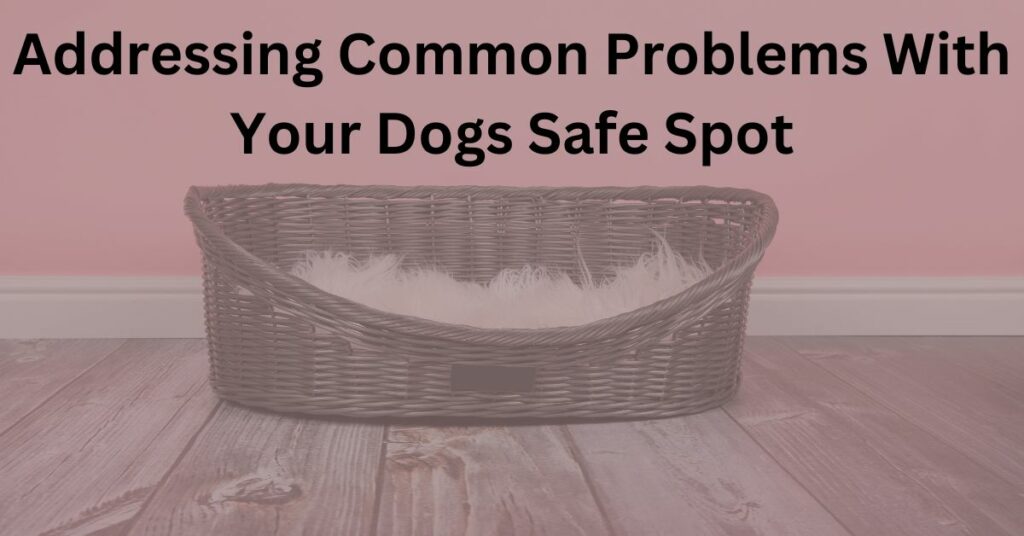
Addressing Common Problems with the Safe Spot
If your dog is not getting on, staying on, or getting off the safe spot, specific training techniques and adjustments can be made to address these issues.
The dog is not getting on the bed
To address the issue of a dog not getting on the bed:
Use positive reinforcement and patience. Repeating the steps without letting your dog get stressed (or yourself) is the goal. You want your dog to associate the safe spot/bed only with a calm, positive, rewarding experience. You need to help your dog build its confidence in this new experience.
- Start by placing treats on the bed to entice your dog to go near it.
- Once they show interest, reward them with a treat.
- When you walk past the safe spot, throw a couple of treats on it – the more enticing the spot, the more interest your dog will show.
- When your dog puts one paw on the spot, reward it with a treat.
- When your dog puts two paws on the spot, reward it with 2 treats.
- When your dog stands with all paws on the spot, reward it with a couple of treats – wait a few seconds, then reward it with another treat. – this time period can be extended between treats when your dog is comfortably going and standing on the spot.
- Move to enticing your dog to sit on the spot when it is comfortable to go and stand on the spot.
- Once your dog is comfortable sitting on the spot, you can start guided lie-downs using the treats.
Another technique is using their favorite toys or a familiar blanket on the bed to make it more appealing. Associating positive experiences with being on the bed will encourage your dog’s willingness to be there.
With time, consistency, and positive reinforcement, your dog should become accustomed to resting in their designated safe spot.
Dog not staying on the bed
Guide the dog back to the bed using a leash. This will help reinforce the idea that the bed is its safe spot and encourage it to stay there. Also, reward the dog for staying on the bed, reinforcing positive behavior, and creating a comfortable association with its safe space.
To double down the reinforcing, smile at your dog and randomly throw some treats onto the bed/safe spot when your dog is lying there.
The dog is not getting off the bed
When the dog refuses to get off the bed, you’ve done it; your dog loves its safe spot! Well done to you and Good dog! Your dog will get off its safe spot/bed when it wants to go out for a walk.
Last Word on Creating a Safe Spot for Your Separation Anxiety Dog
Creating a safe spot for dogs with separation anxiety is crucial for their emotional well-being. Creating a safe spot for any dog is a great idea – every dog needs somewhere to relax and decompress from the day’s activities.
Using these strategies can significantly impact your dog’s stress management and overall mental sanctuary. Providing a tranquil oasis for your dog will lead to positive outcomes and enhanced emotional well-being. You will feel happier knowing your dog is calm and relaxed while you are out.

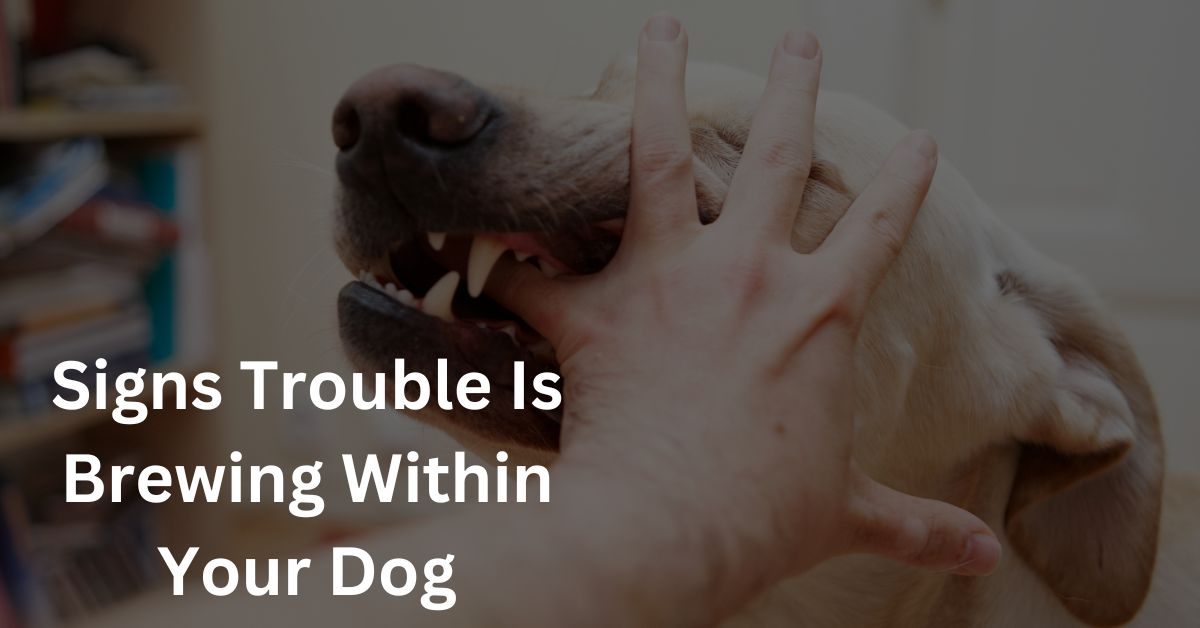
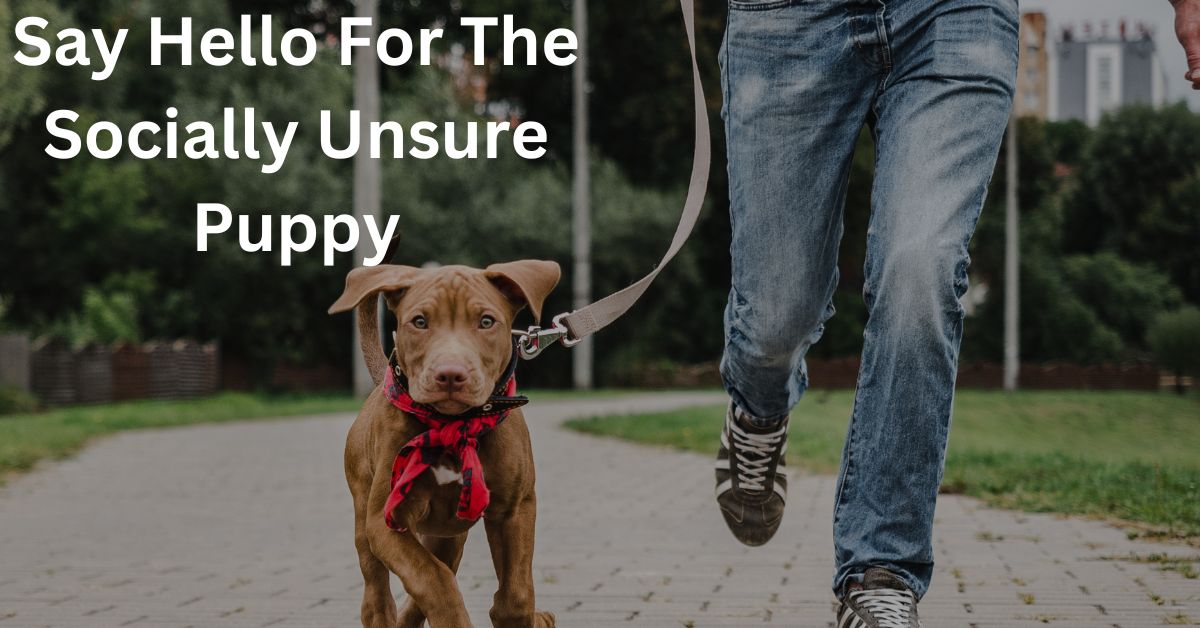
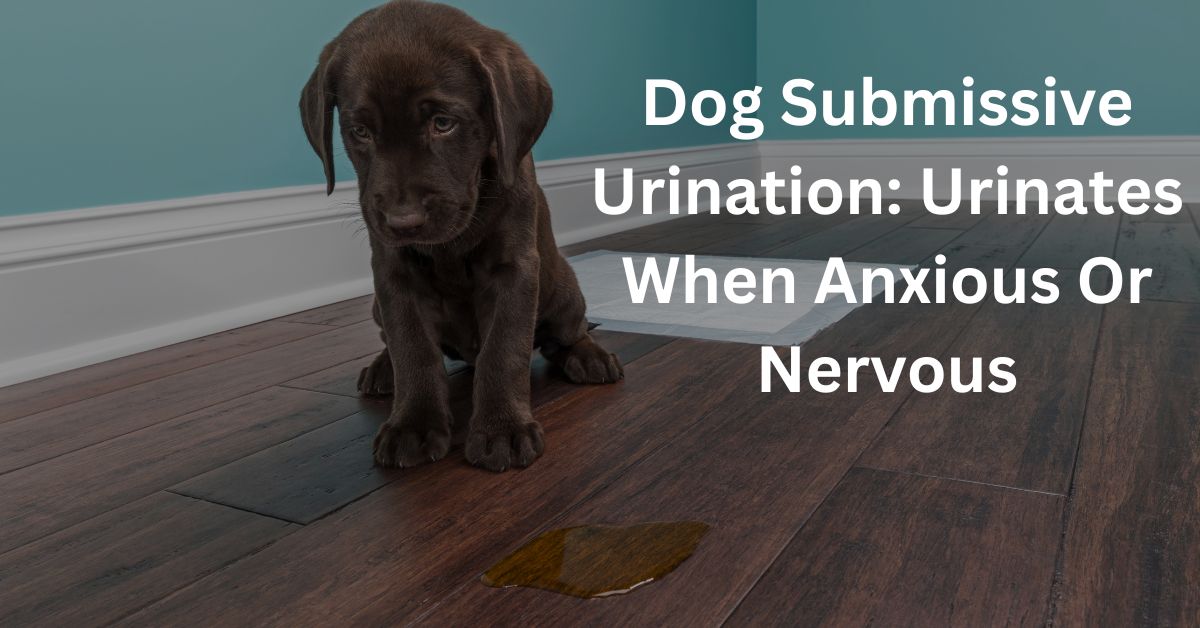
Leave a Reply